


NASA’s Roman Space Telescope is set to embark on a deep-sky survey that could capture nearly 100,000 cosmic explosions, shedding light on everything from dark energy...
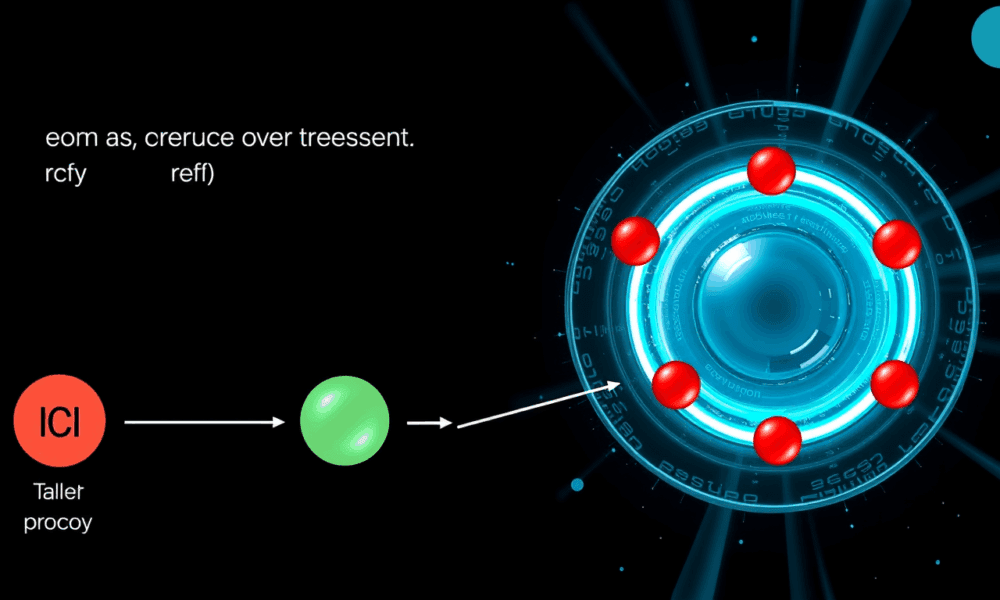
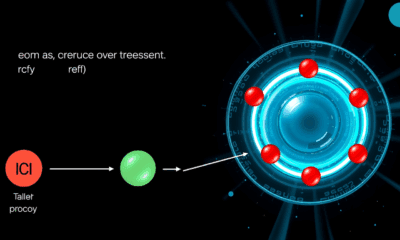

Scientists have observed a brand-new and exotic atomic nucleus: aluminium-20. Unlike anything seen before, it decays through a stunning three-proton emission sequence, shedding light on nuclear...



Scientists in Australia have uncovered the biological triggers behind oil production in oats, a discovery that could revolutionize how oats are processed and marketed. By using...



Scientists have uncovered hidden bony armor—called osteoderms—beneath the skin of 29 goanna species across Australasia, a discovery that radically changes what we thought we knew about...
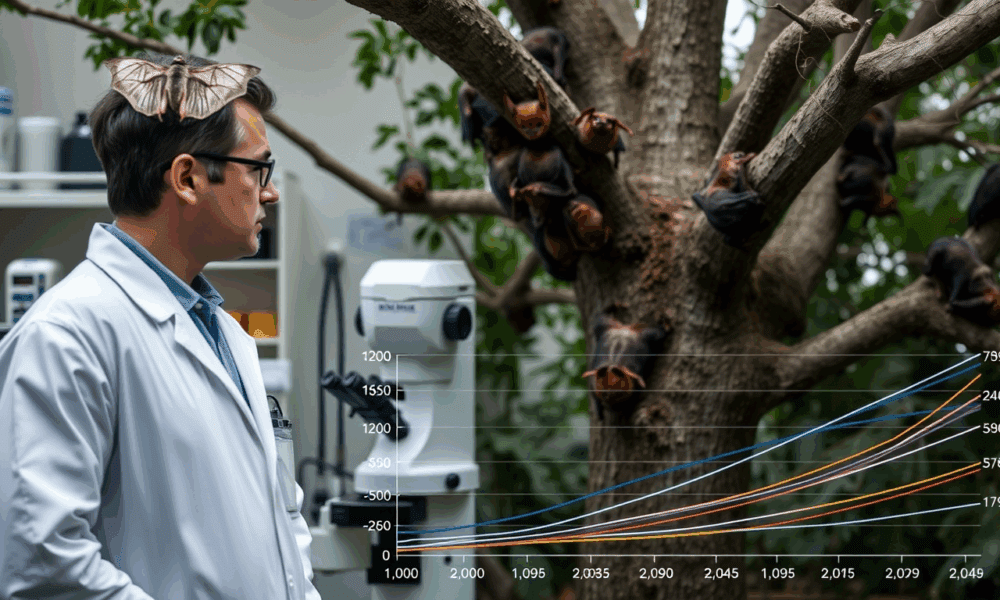
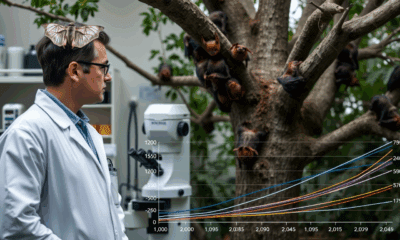

New research from the University of Sydney sheds light on how coronaviruses emerge in bat populations, focusing on young bats as hotspots for infections and co-infections...
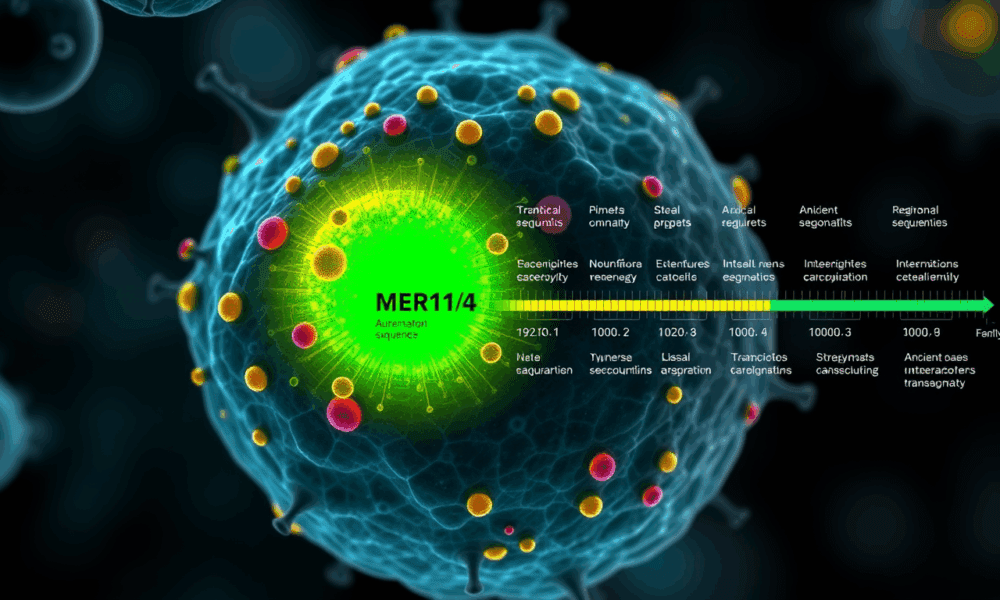
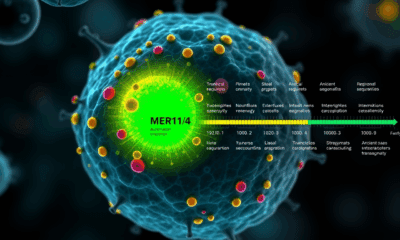

What scientists once dismissed as junk DNA may actually be some of the most powerful code in our genome. A new international study reveals that ancient...



Gene editing may hold the key to rescuing endangered species—not just by preserving them, but by restoring their lost genetic diversity using DNA from museum specimens...



Millions of tons of plastic in the ocean aren't floating in plain sight—they're invisible. Scientists have now confirmed that the most abundant form of plastic in...



A scorching marine heatwave from 2014 to 2016 devastated the Pacific coast, shaking ecosystems from plankton to whales and triggering mass die-offs, migrations, and fishery collapses....



People in richer countries aren’t moving less — they’re just eating more. A new Duke study shows that diet, not laziness, is fueling the obesity epidemic...